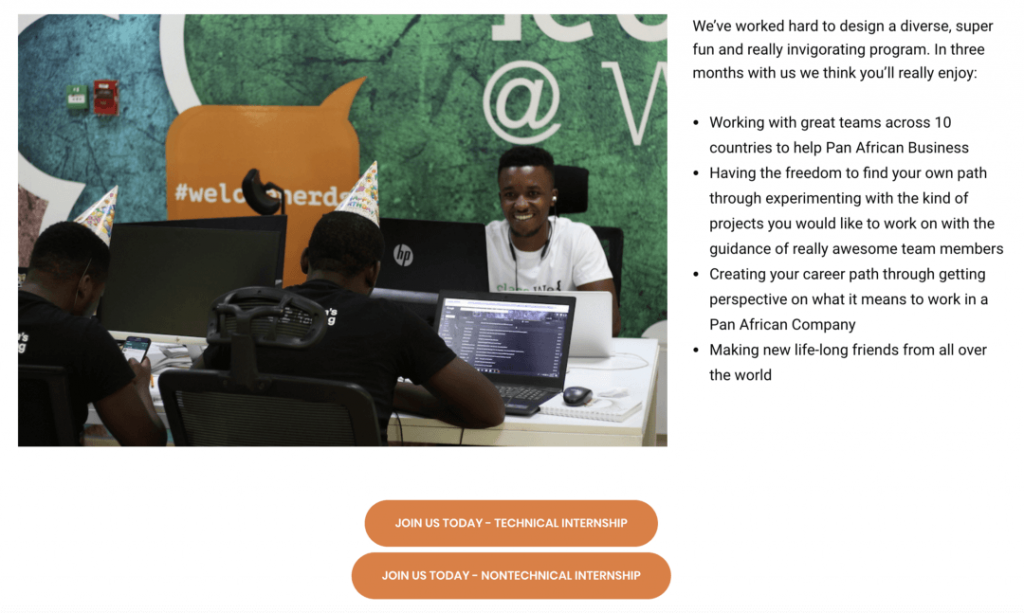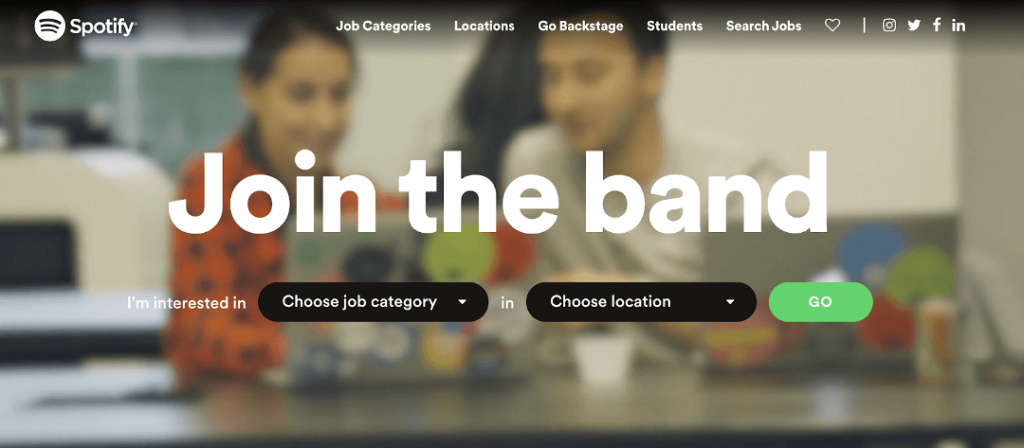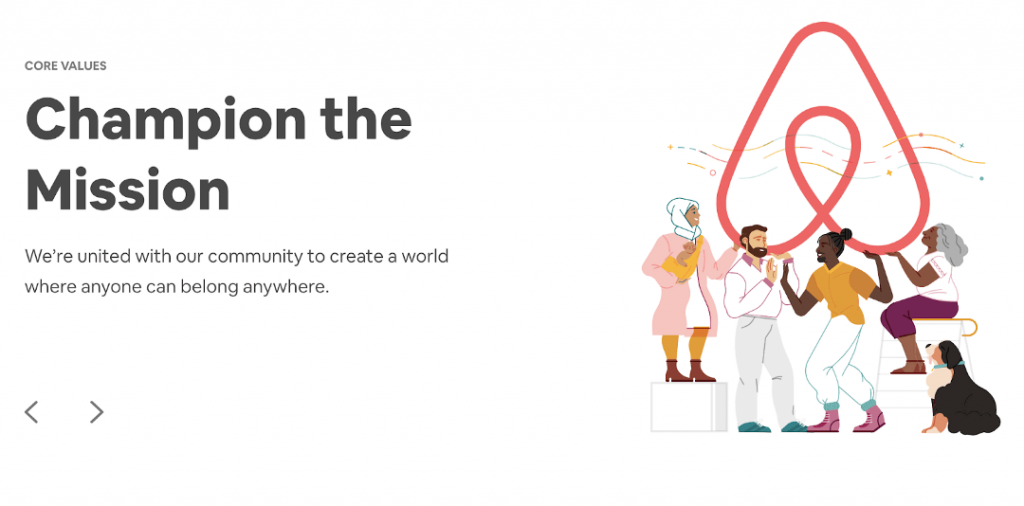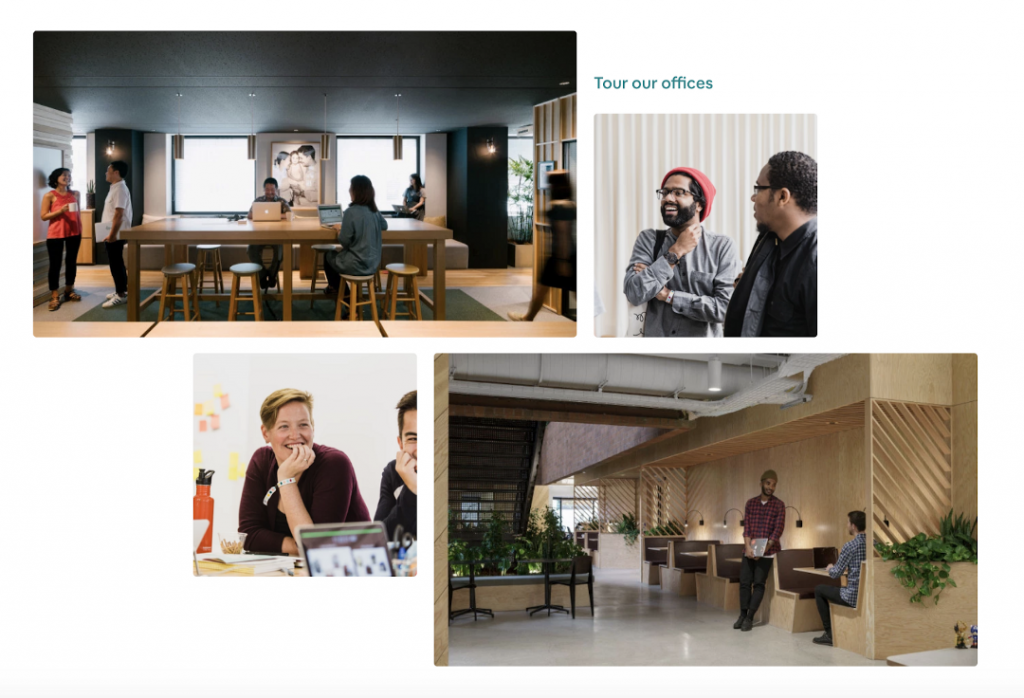Traditionally, the term ‘brand ambassadors’ has been associated with A-list celebrities that charge a large sum of money to sell a product or service. But according to a Nielsen study, 84% of people trust recommendations from friends, family, and colleagues over other forms of marketing.
This principle also holds true for marketing your employer brand. As highlighted in LinkedIn’s Talent Trends Report, job seekers are looking for unfiltered insights from current employees while considering new jobs. Some of their comments include:
“Connect me with insiders — nothing like hearing straight from the horse’s mouth.”
“I would like to hear the positives and negatives from real professional staff members — not the marketing gloss from the CEO or marketing. Real people. Real jobs.”
This was further corroborated in our recent survey in Kenya. Our findings revealed that while researching to learn more about a company, 38% of the candidates preferred speaking to current and/or former employees, 27% of them view current and/or former employees on LinkedIn and 20% of them check Glassdoor for reviews.
READ | Ask these 10 questions to define your Employee Value Proposition
Now that we know the importance of promoting your company’s employer brand through your employees, let’s move on to understanding what a company needs to foster a recruitment brand ambassador :
Show off your employees
Your employees define your company culture, manifest your company’s vision and live your values. Without them, your employer brand would cease to exist. By showing off your employees and increasing their engagement with the values of your company, you can bring out the recruitment brand ambassador in them!
Highlight employee experiences on social media
Did you know that one in four job-seekers view other employee profiles after finding out about a job opening? It would therefore be beneficial to encourage your employees to keep an updated, attention-worthy and professional online profile. Additionally, you can also leverage their experiences by having them share their stories as recruitment brand ambassadors on social media.
Encourage your employees to use their LinkedIn, Twitter, Facebook and Instagram social media handles to represent the values and culture of your company. For instance, if you’re hosting a mixer for your employees, create a hashtag and ensure your employees use it to share inside pictures from the event! Here’s an example of one of our Shortlisters doing the same:

Not too long ago, Thomson Reuters’ stint with employee-generated content took Instagram by storm. In order to help prospective hires picture themselves working in offices across the world, they launched a campaign called #FeaturedFriday. Every Friday their Instagram handle featured an external or internal office photo captured by one of their employees.

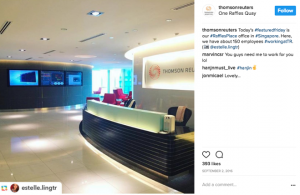
The campaign garnered 30% of the likes for their Instagram account in 2016, but the real winner? Their employer brand visibility grew and so did their positive brand image!
Urge your employees to share company values & culture on LinkedIn
Make sure that your employees have up-to-date LinkedIn profiles with their company photo, descriptions, cover photo etc. coordinated, which lends a polished and cohesive feel when candidates are searching on LinkedIn.
You can even give employees a line about your work culture to add to their LinkedIn summary, e.g., “I have thrived both personally and professionally thanks to the supportive culture at <Company name> — check out our careers page or reach out if you’re interested in joining us!”.
Encourage your employees to write reviews on Glassdoor
Ask your employees to write reviews of your company on popular sites like Glassdoor. Ideally, favourable reviews will help strengthen a prospective candidate’s urge to work for your company. According to our latest candidate survey conducted in Kenya, job seekers claimed they would accept lower pay if the company has positive reviews online.
In the event that you receive negative reports on platforms such as Glassdoor, don’t give up! Your response to those negative reviews can actually help build your employer brand. For instance, you can use this as a chance to address negative feedback tactfully. Responding to negative feedback by current or former employees in a positive manner on this public platform will help secure the trust of job-seekers or anyone else out there.
Looking to grow your team? We can help you; Shortlist offers a wide range of recruitment solutions that help companies build great teams.
Include employee testimonials directly on your careers page and in job descriptions
Add employee testimonials to show off your office culture and day-to-day activities in the form of pictures and videos in your job description or on your careers landing page. For instance, marketing giant HubSpot uses this feature on their careers page in the following manner:
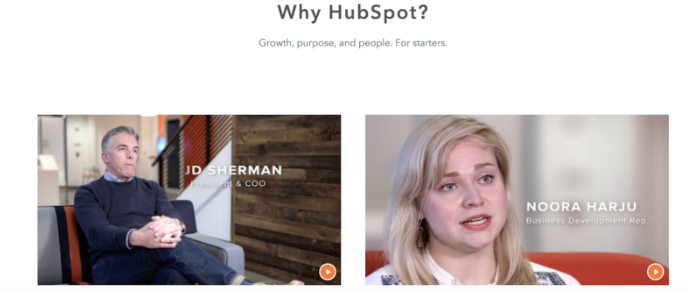
Image credit — HubSpot
If you do not have a careers page you can always share testimonials on your social media handles. Moreover, if you do not have the option of making sophisticated video clips of employee testimonials, don’t worry! A smartphone camera and a video posted to social media still brings your employer brand to life!
As reflected in our recent candidate survey in Kenya, over half of the candidates use the job description and careers landing page to learn more about what it’s like to work at a company — over Glassdoor and all social media platforms. It’s therefore important to capitalise on your website as much as possible.
Employee referral programs can go a long way
Unlike other recruiting strategies, the employee referral program uses existing employees to find and hire the best talent from their networks. Research shows that referred candidates are 55% faster to hire than employees shortlisted through careers sites, and that employee referral programs reduce cost per hire, improve the quality of hire and reduce attrition rate.
With the help of some of these tips, you bolster recruitment brand ambassadors who can help you find talented job-seekers excited about coming on board!
Stay tuned for more
As part of our latest campaign on employer branding, we will be sharing actionable resources and tools like these over the next few months. To receive all of our latest tips straight to your inbox, sign up for our weekly newsletter here!
Anything specific about employer branding that you’re hoping to learn? Let us know in the comments below.

Employer branding tips for Kenyan companies
Download our survey report for actionable insights from 1,200+ Kenyan professionals






